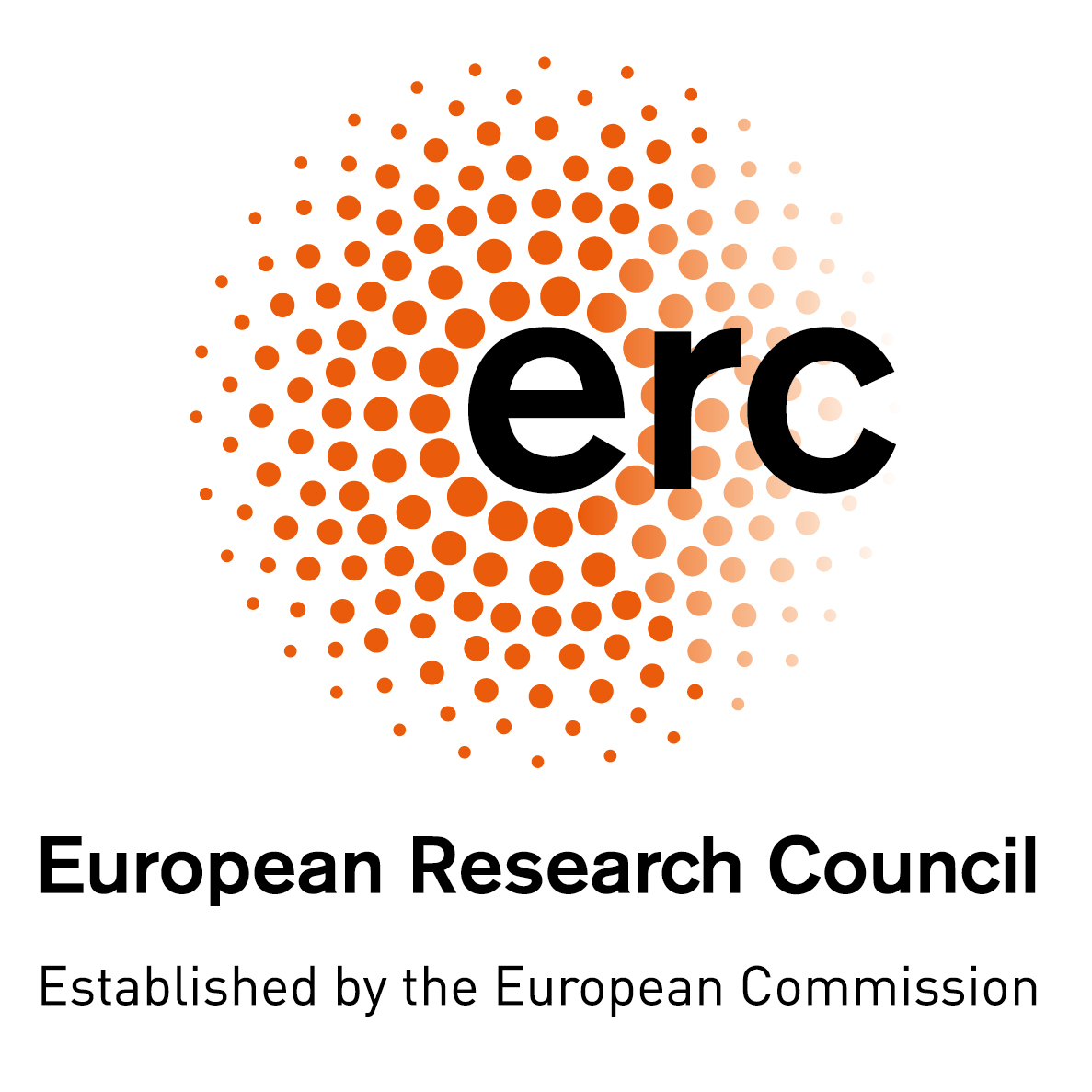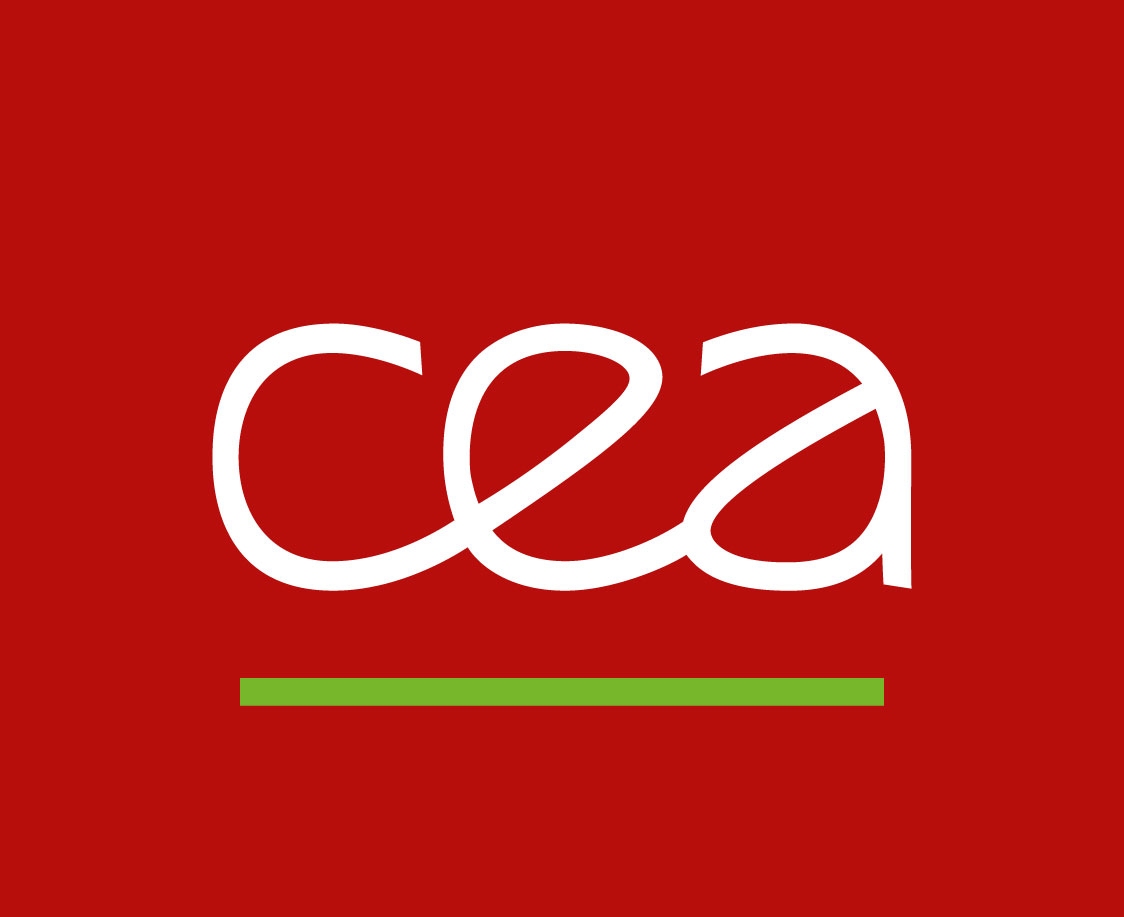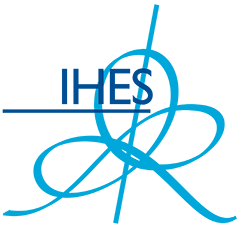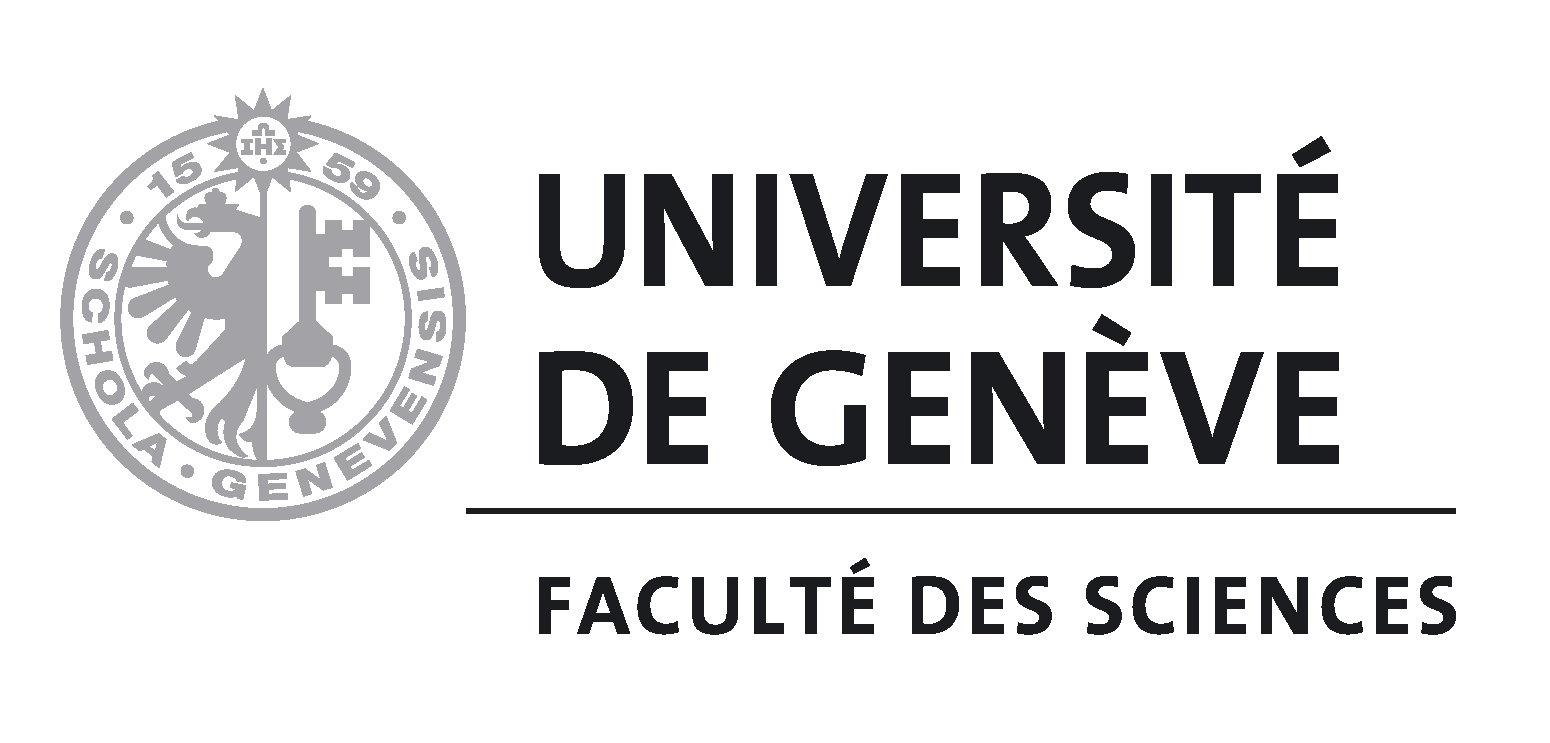UPCOMING ReNewQuantum SEMINAR
I will talk about the Topological String/Spectral theory duality on toric Calabi-Yau threefolds obtained from the resolution of the cone over the $Y^{N,0}$ singularity. Assuming Kyiv formula, we demonstrate this duality in a special regime thanks to an underlying connection between spectral determinants of quantum mirror curves and the non-autonomous (q)-Toda system.
In this talk, I will show how to exploit the correspondence to connect small and large time expansions in Toda equations. In particular we provide an explicit expression for their tau functions at large time in terms of a strong coupling version of the Nekrasov partition function. These are related to a special class of multi-cut matrix models which describe the strong coupling regime of four dimensional, $\mathcal{N}=2$ $SU(N)$ super Yang-Mills.
One of the most classical settings for Exact Perturbation Theory is the exact WKB method for solving singularly perturbed linear ODEs such as the Schrödinger equation. Such ODEs can be easily solved in exponential power series: this is the famous WKB ansatz. The resulting formal WKB solutions, however, are always divergent and therefore have no direct analytic meaning. Attempting to apply the Borel resummation to get true analytic solutions turns out to be the correct approach, but a difficult mathematical problem, especially for equations of higher-order. I will describe a solution to this problem that I have developed through a series of recent works. Another outcome of this solution is that the constructions involved in the proof can be made completely geometrically invariant. So I will also describe an algebro-geometric formulation of the WKB method for meromorphic connections in terms of invariant splittings of bundle extensions.
The talk is an overview of resurgence results in generic linear or nonlinear meromorphic ODEs and classes of PDEs with emphasis on the
time-periodic Schrödinger equation and its non-perturbative analysis. I
will also explain the method of trans-asymptotic matching. Then I will
present a number of applications ranging from the proof of the Dubrovin
conjecture, the calculation of connection constants in closed form for
integrable models, and talk about two recent results, on the optimal
reconstruction of functions from truncated Maclaurin series and the
solution of a 60 year old problem concerning the domain of convergence
of spherical harmonic expansions
Quantum invariants of three manifolds satisfy q-difference equations.
Solving these difference equations leads to matrices defined modulo elliptic functions. In practice, this normalisation can be is fixed to be defined up to some Jacobi forms. I will describe how these matrices arise in the factorisation of state integrals and how they can be used to conjecturally give both the Borel resummation of certain asymptotic series and their associated Stokes constants. This will be illustrated in some examples associated to closed hyperbolic 3-manifolds.
What is the best way to extract information from a finite amount of perturbative information? This is a common problem in applications. We may only be able to compute a (small) finite number of coefficients of an expansion of a function about some special parameter point, and we wish to learn about the behaviour near another point (possibly very distant). I will discuss some recent work with Ovidiu Costin using resurgence ideas to address the mathematical question of optimal and near-optimal methods of analytic continuation, and I will illustrate with several applications in quantum field theory.




